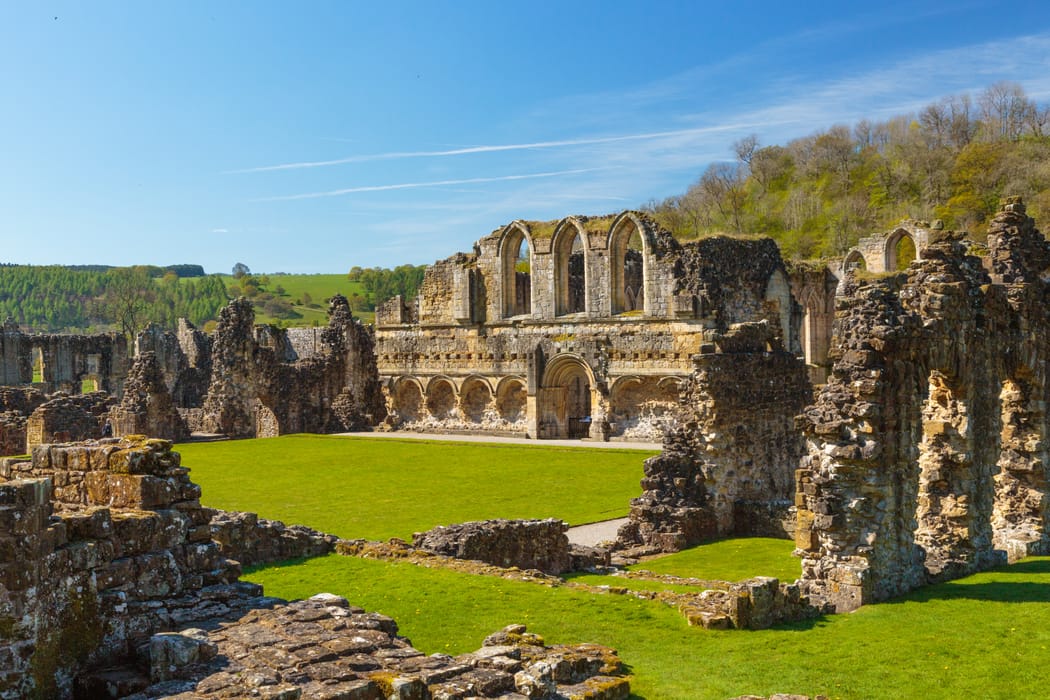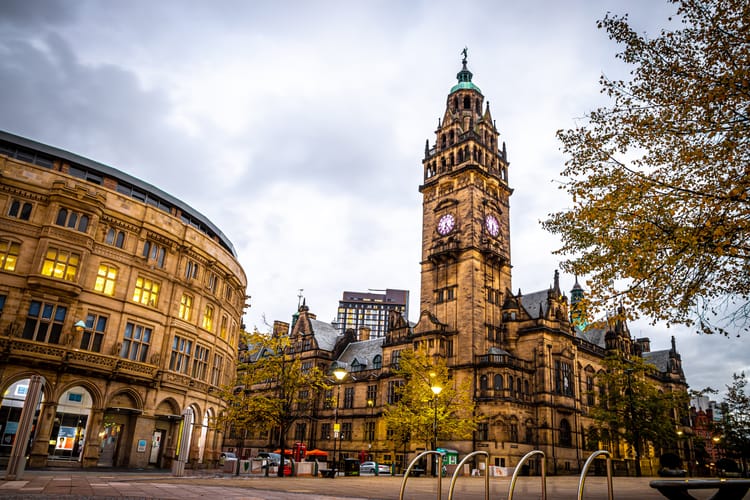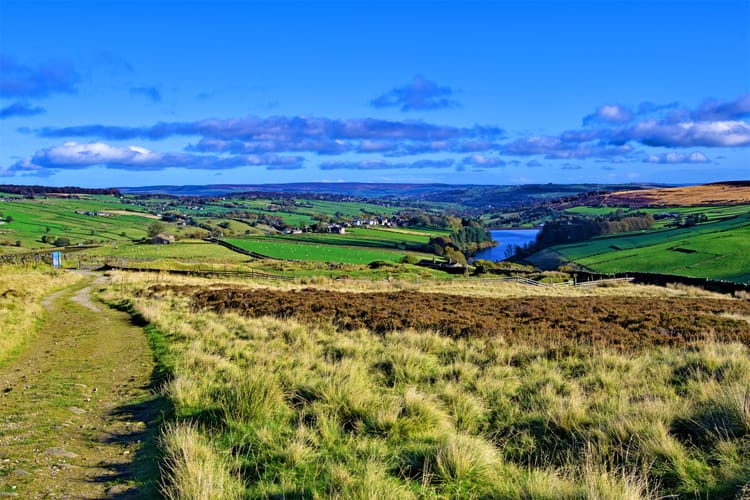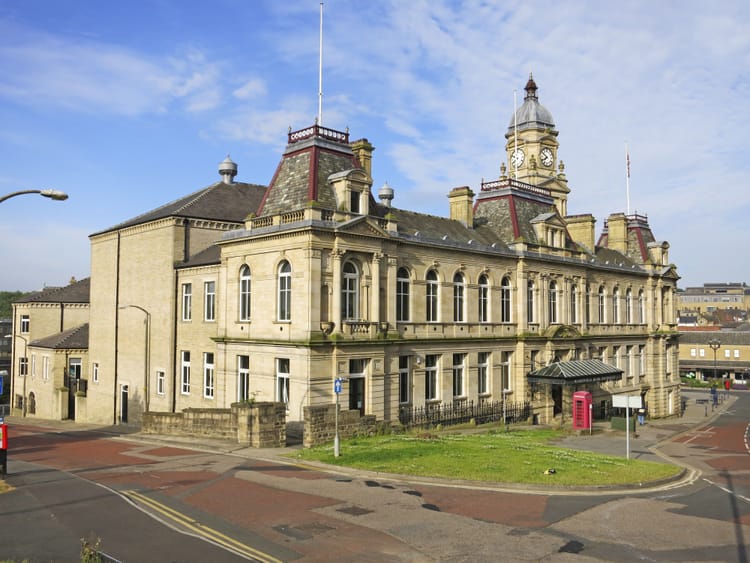Ruined Abbeys in Yorkshire
Yorkshire, a region steeped in history, is home to numerous abbeys that offer a glimpse into England's monastic life before the Reformation. The ruined abbeys in Yorkshire, once thriving centres of faith and community, met their demise during the tumultuous period when Henry VIII established the Church of England.
The dissolution of these monasteries in the 16th century led to their current state of ruin, leaving behind evocative structures that continue to intrigue both historians and visitors alike.
Among the most famous of these ruins is Fountains Abbey, near Ripon. This extensive site is noted for its remarkable preservation and is recognised as a UNESCO World Heritage Site.
As the largest of the abbey ruins in Yorkshire, its vaulted ceilings, grand columns, and imposing tower offer a profound insight into medieval ecclesiastical architecture and artistry. Meanwhile, Rievaulx Abbey, nestled in a wooded vale by the River Rye, tells the story of the Cistercian monks who once inhabited its now serene ruins.
These abbeys, along with others scattered throughout Yorkshire, embody the region's rich religious heritage. They bear testimony to a bygone era and reflect the changing political and cultural landscapes of England's past. Today, they stand as powerful symbols, offering a tangible connection to the lives and beliefs of the medieval communities that once thrived within their walls.
Famous Ruined Abbeys of Yorkshire
Yorkshire is home to some of the most magnificent ruined abbeys in the UK. Preserved over centuries, they offer a glimpse into the monastic life of the Middle Ages.
Fountains Abbey
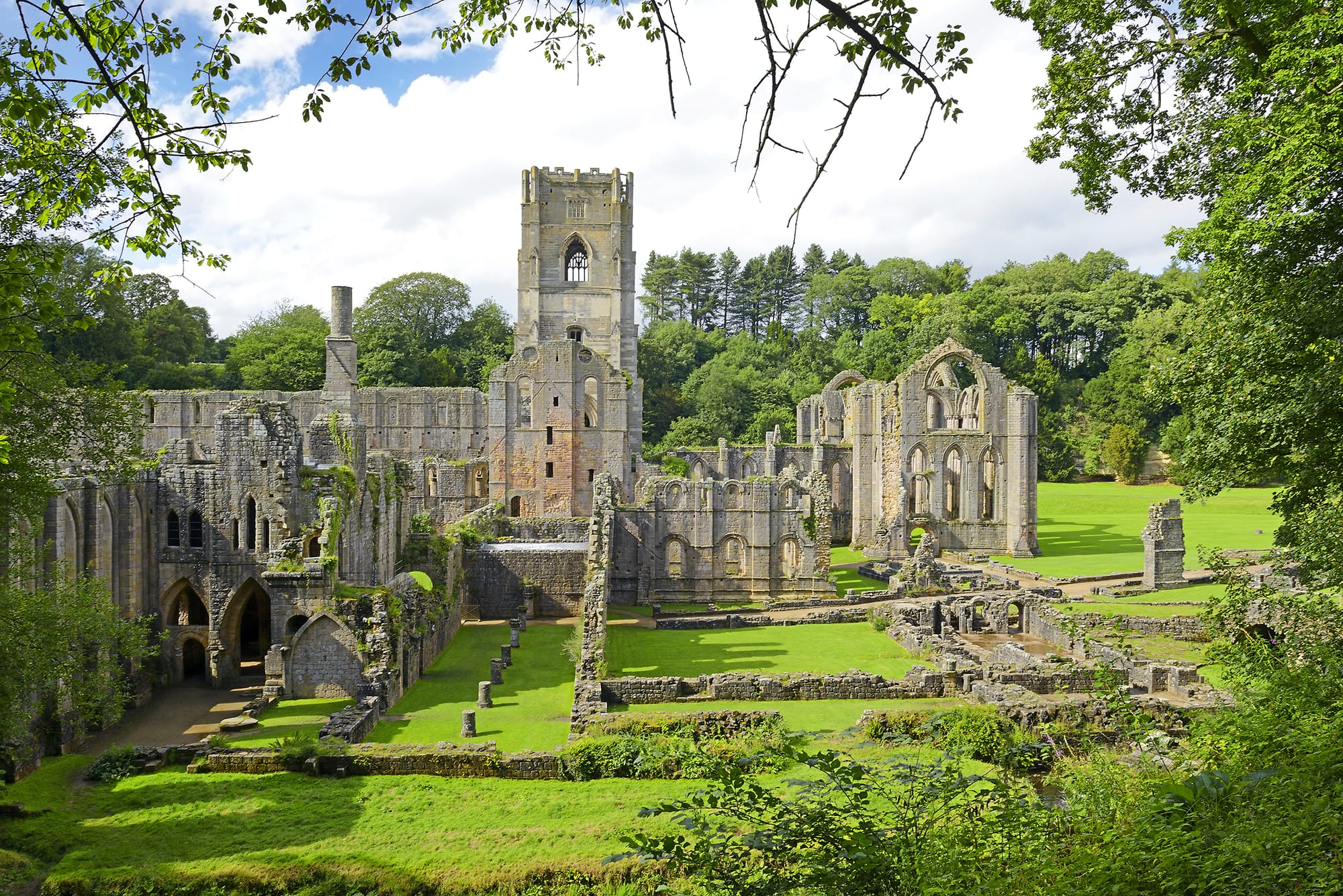
Fountains Abbey, not only a World Heritage Site but also one of the largest and best-preserved ruins of its kind in England, stands as a testament to the Cistercian monastic order that settled there in the 12th century. Its imposing architecture reflects the abbey's once considerable power and influence.
Rievaulx Abbey
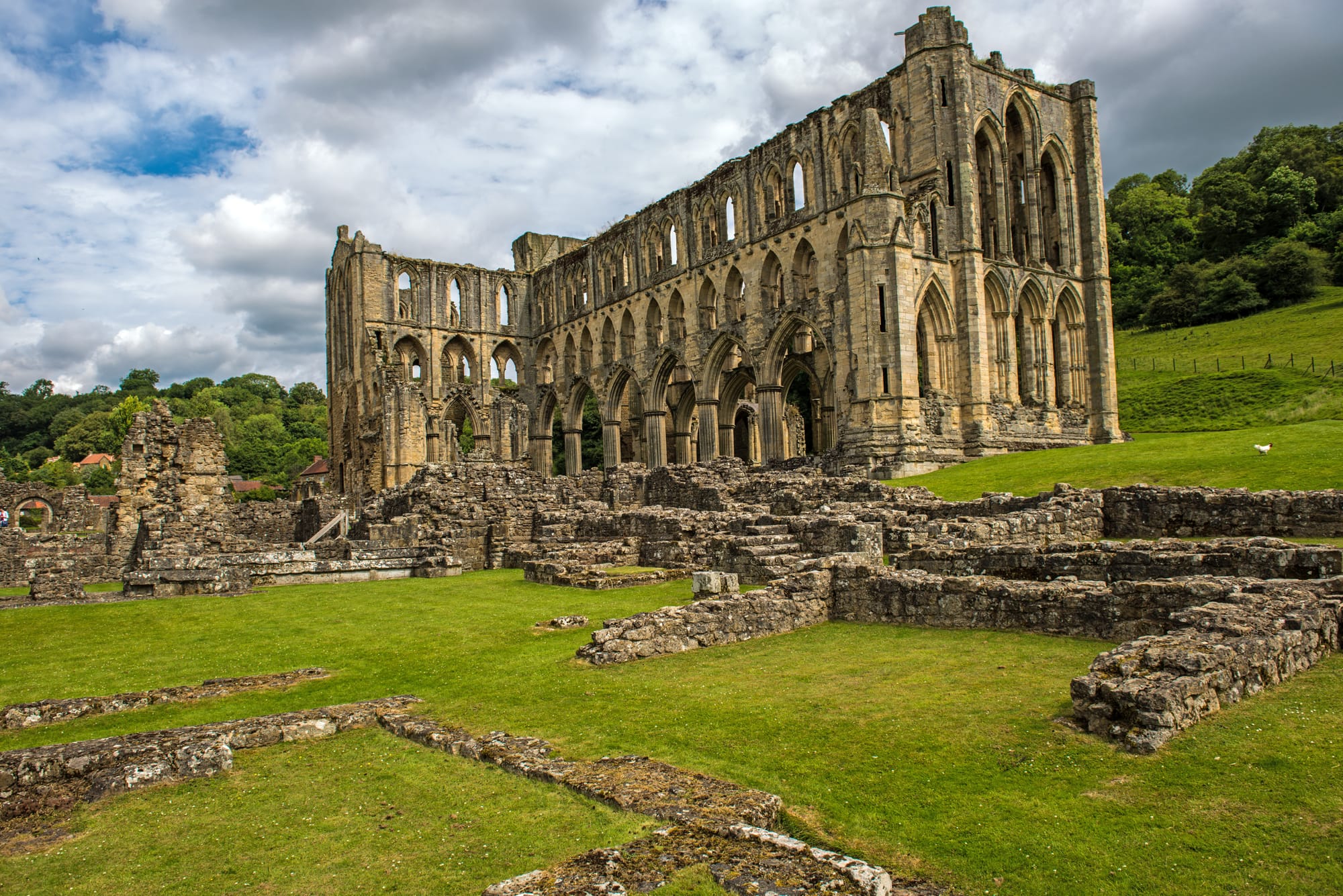
In the seclusion of the North York Moors, the ruins of Rievaulx Abbey tell the story of the first Cistercian abbey in the north. Visitors can witness the abbey's grand design and explore the artefacts displayed in the museum, which narrate its compelling history.
Byland Abbey
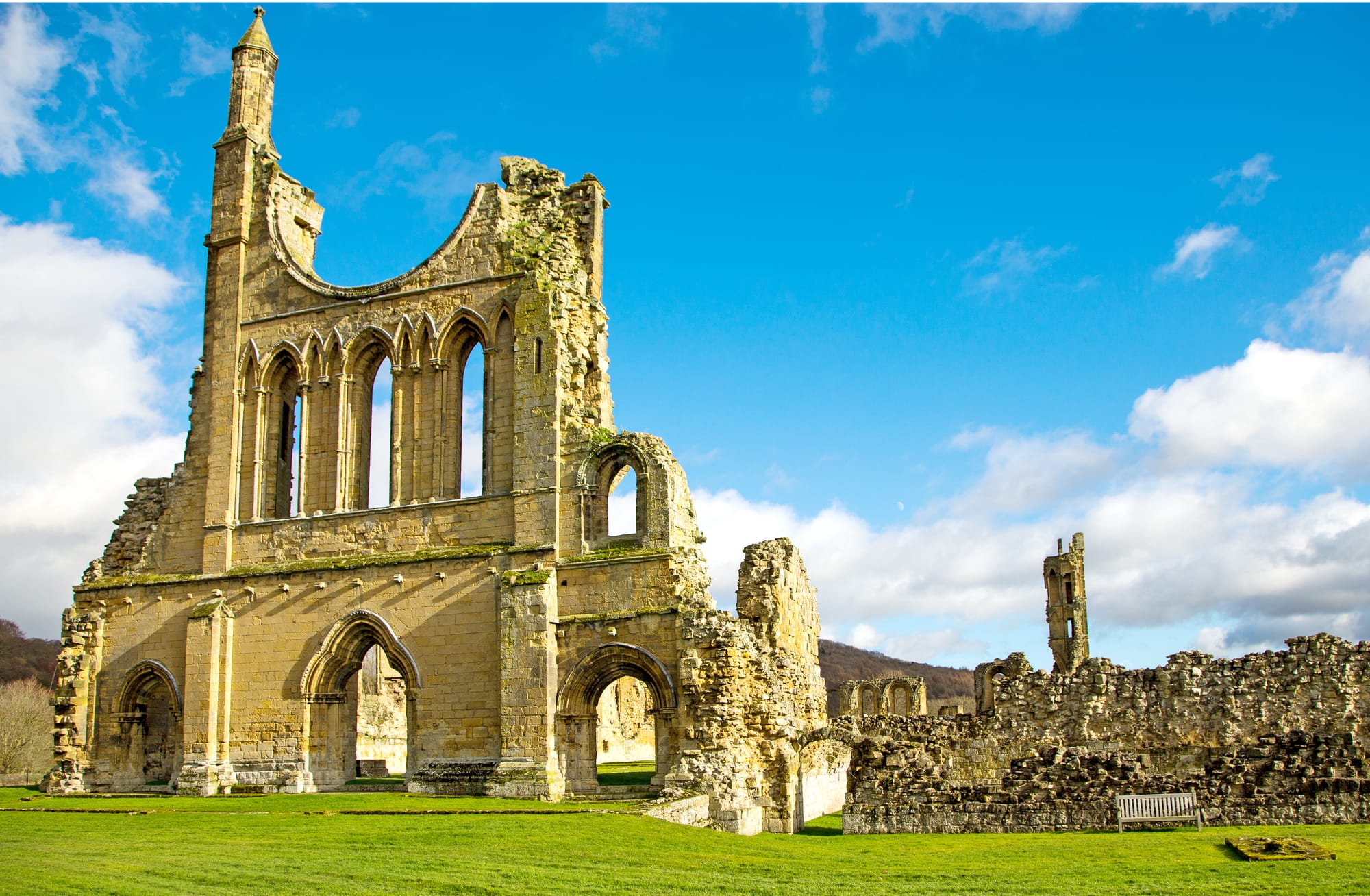
Byland Abbey is known for its incredible Gothic architecture, with remnants hinting at the extensive influence of the Cistercian order. The intricate floor tiles and the imposing rose window remain as echoes of Byland's inspirational design.
Whitby Abbey
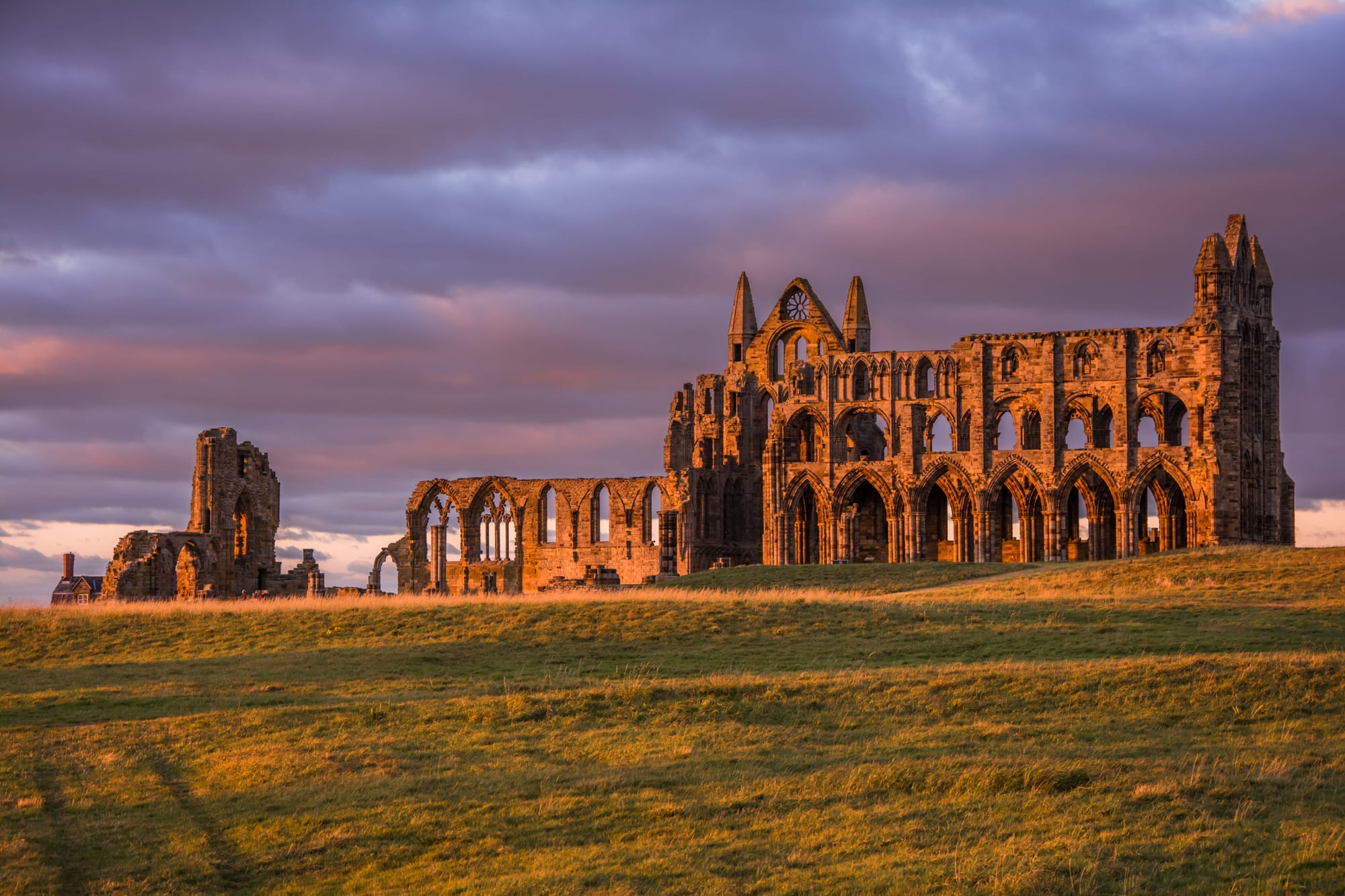
Perched high on the cliffs, Whitby Abbey overlooks the North Sea, providing visitors not only with breathtaking views but also a history that weaves through centuries. This hauntingly beautiful ruin was a centre of learning before falling to the Dissolution of the Monasteries.
Other Ruined Abbeys In Yorkshire
Yorkshire is home to an array of historical ruins, each with a unique story tied to the region's rich heritage. From the picturesque remains that nestle in the lush countryside to the remnants that stand proudly in urban settings, these sites continue to captivate visitors.
Bolton Abbey
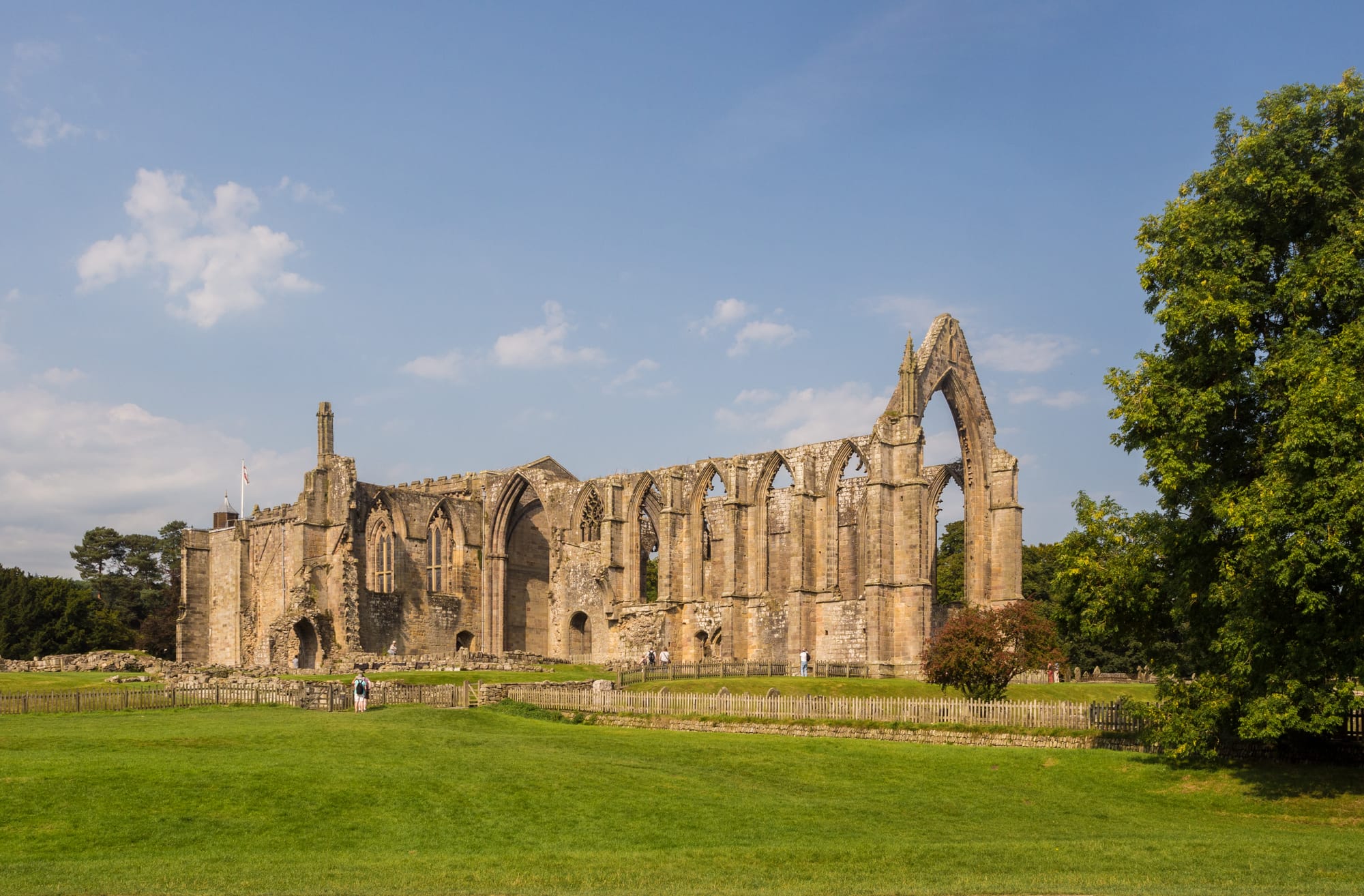
Bolton Abbey, situated in the heart of the Yorkshire Dales, boasts an impressive estate. The original 12th-century Augustinian monastery was partially destroyed during the Dissolution of the Monasteries but still exudes a tranquil atmosphere amidst its picturesque surroundings.
Kirkstall Abbey
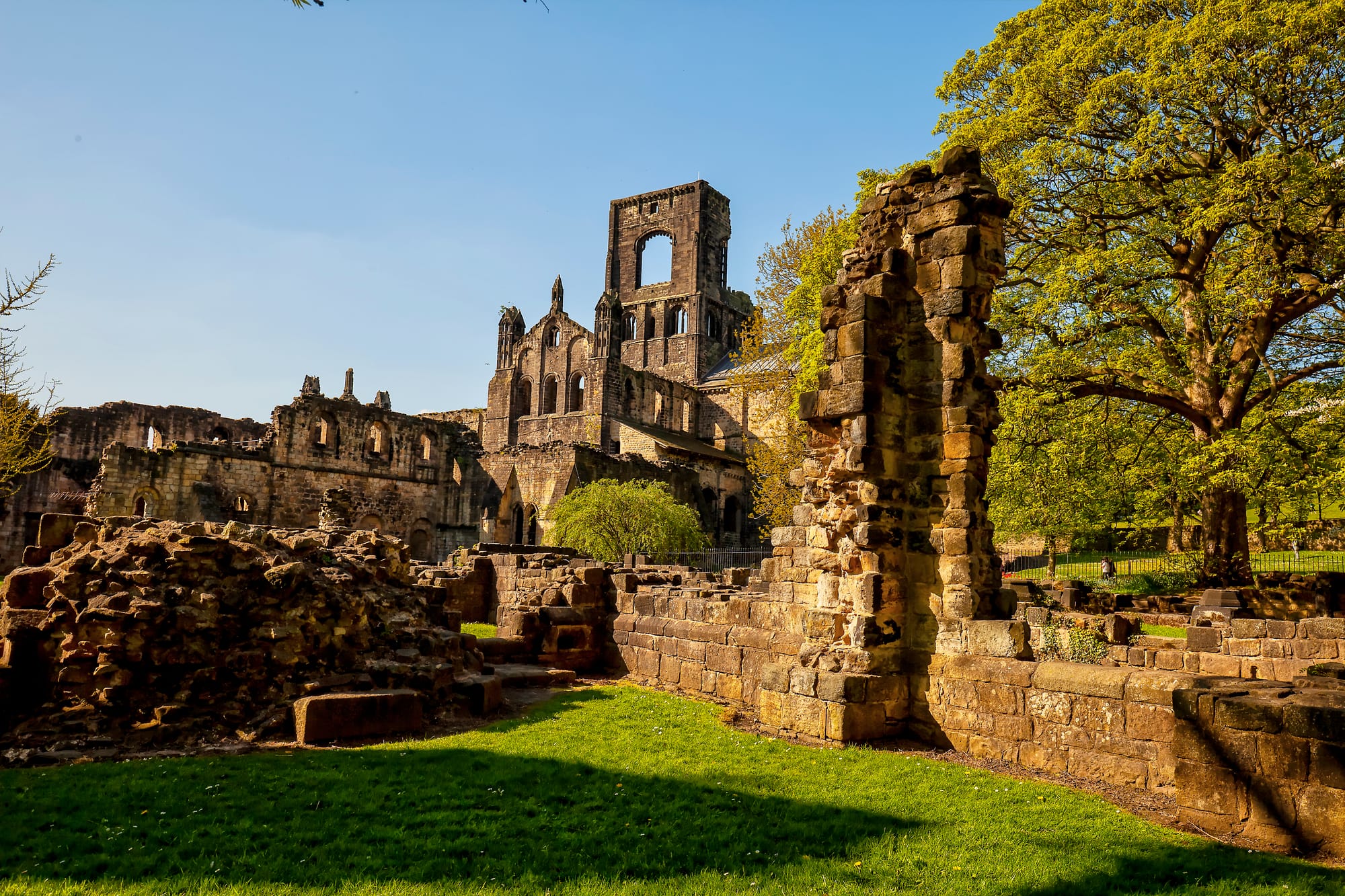
Located on the outskirts of Leeds, Kirkstall Abbey is a remarkable example of a medieval Cistercian abbey. Its evocative ruins, set against a backdrop of parkland along the River Aire, make it a popular spot for both education and leisure.
Roche Abbey
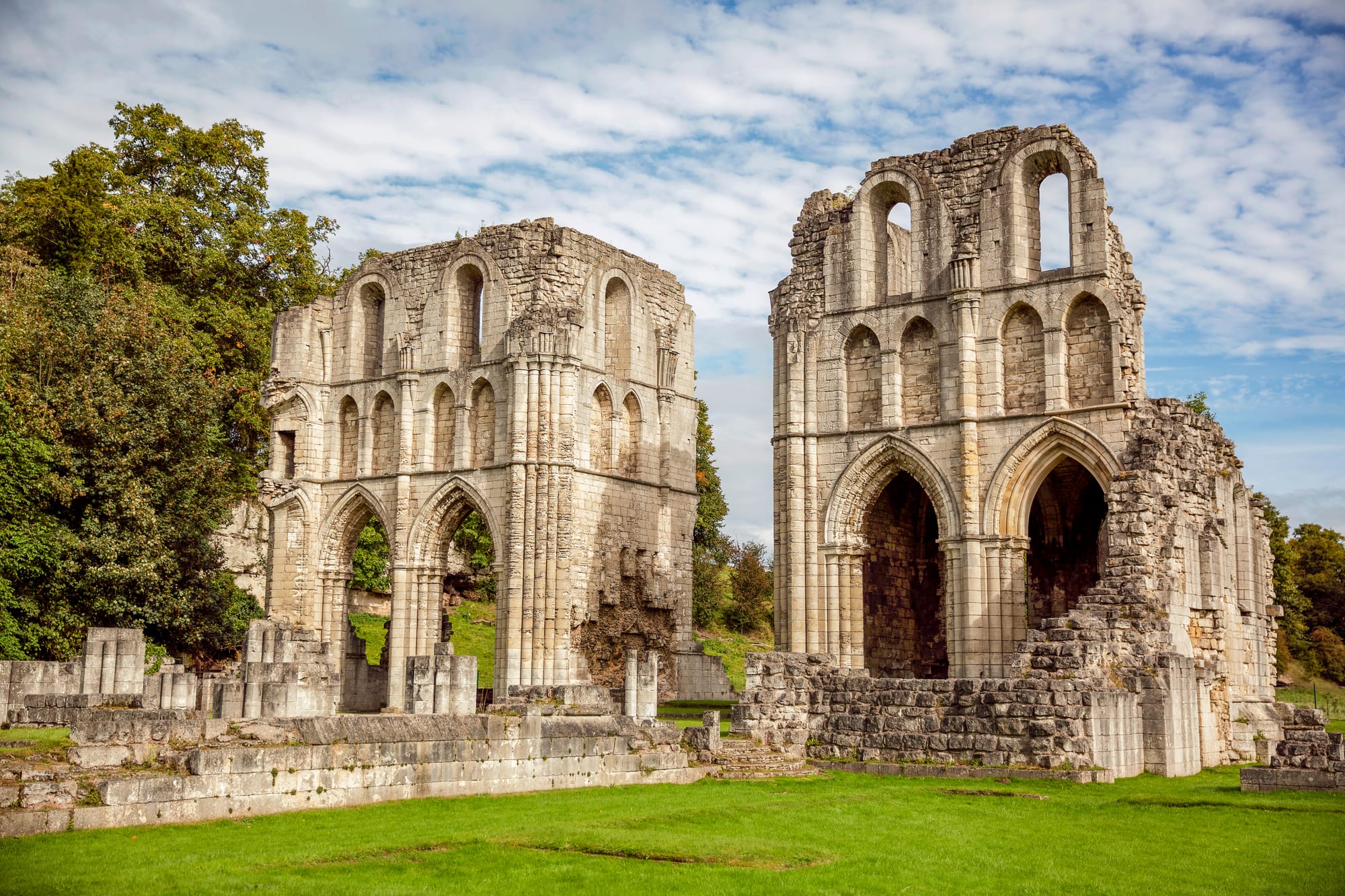
Roche Abbey, founded in the 12th century and once home to Cistercian monks, is known for its enchanting ruins. Tranquil and partly hidden in a wooded valley near Maltby, the abbey's serene environment reflects its contemplative past.
Jervaulx Abbey
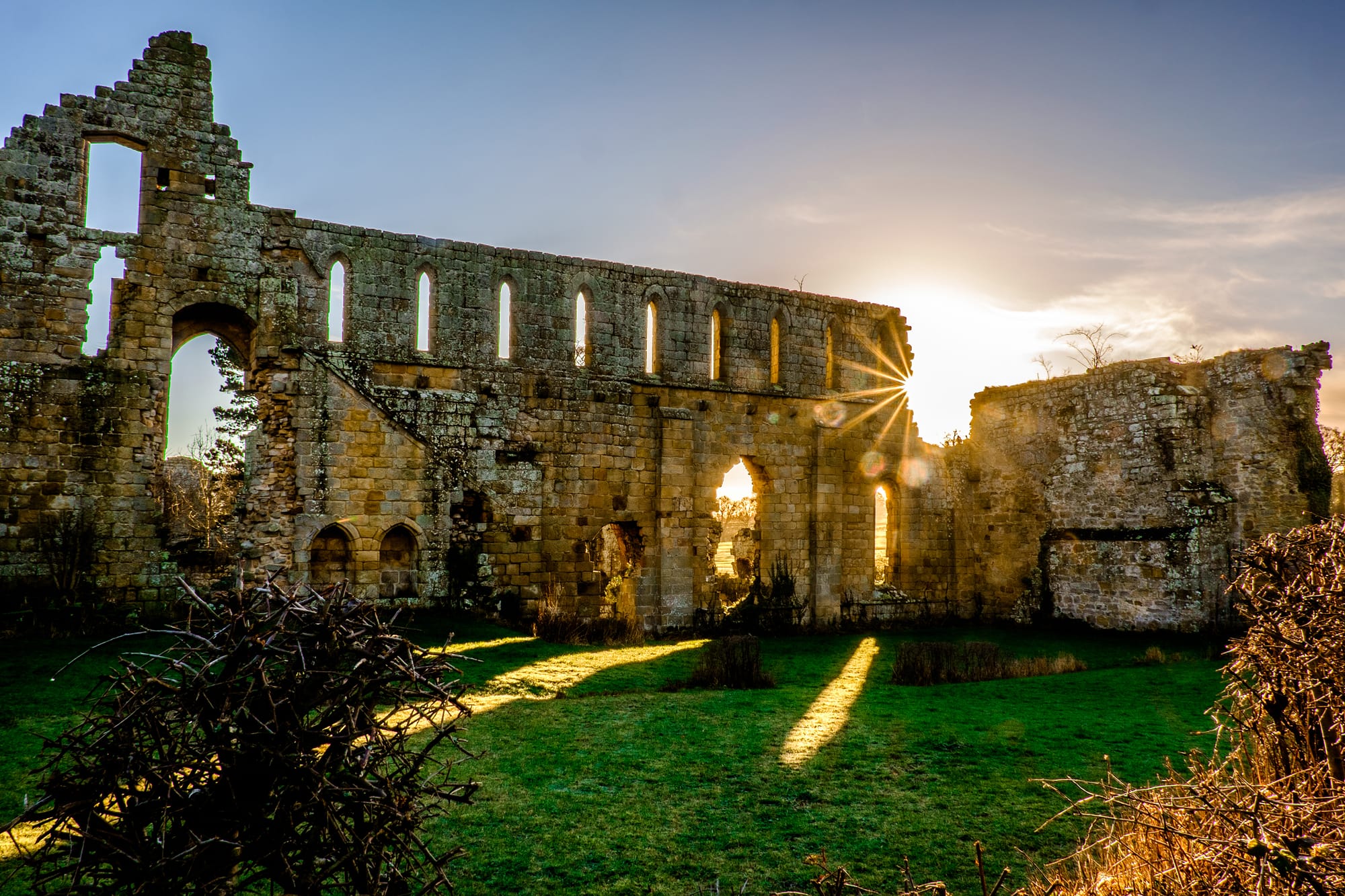
In the tranquillity of the Yorkshire Dales, Jervaulx Abbey stands as a testament to the grandeur of its heyday. As a Cistercian abbey, its heritage is intricately woven into the region's monastic history, now offering a scenic ruin for exploration.
St Mary's Abbey, York
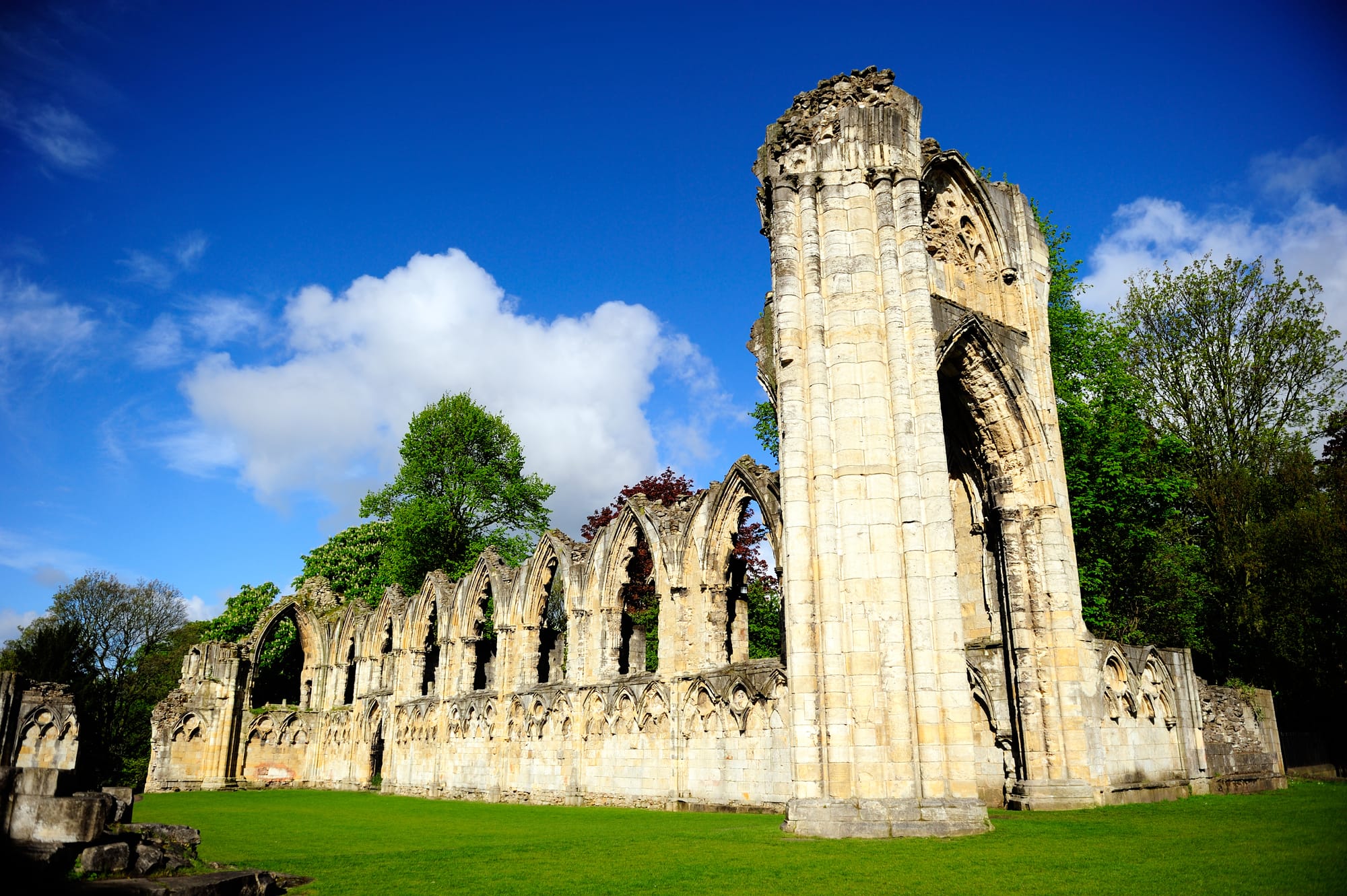
The remnants of St Mary's Abbey lie in the heart of York, surrounded by the peaceful gardens of the Museum Gardens. Once one of the wealthiest Benedictine establishments, its striking ruins hint at its former significance.
Historical Context of Yorkshire's Abbeys
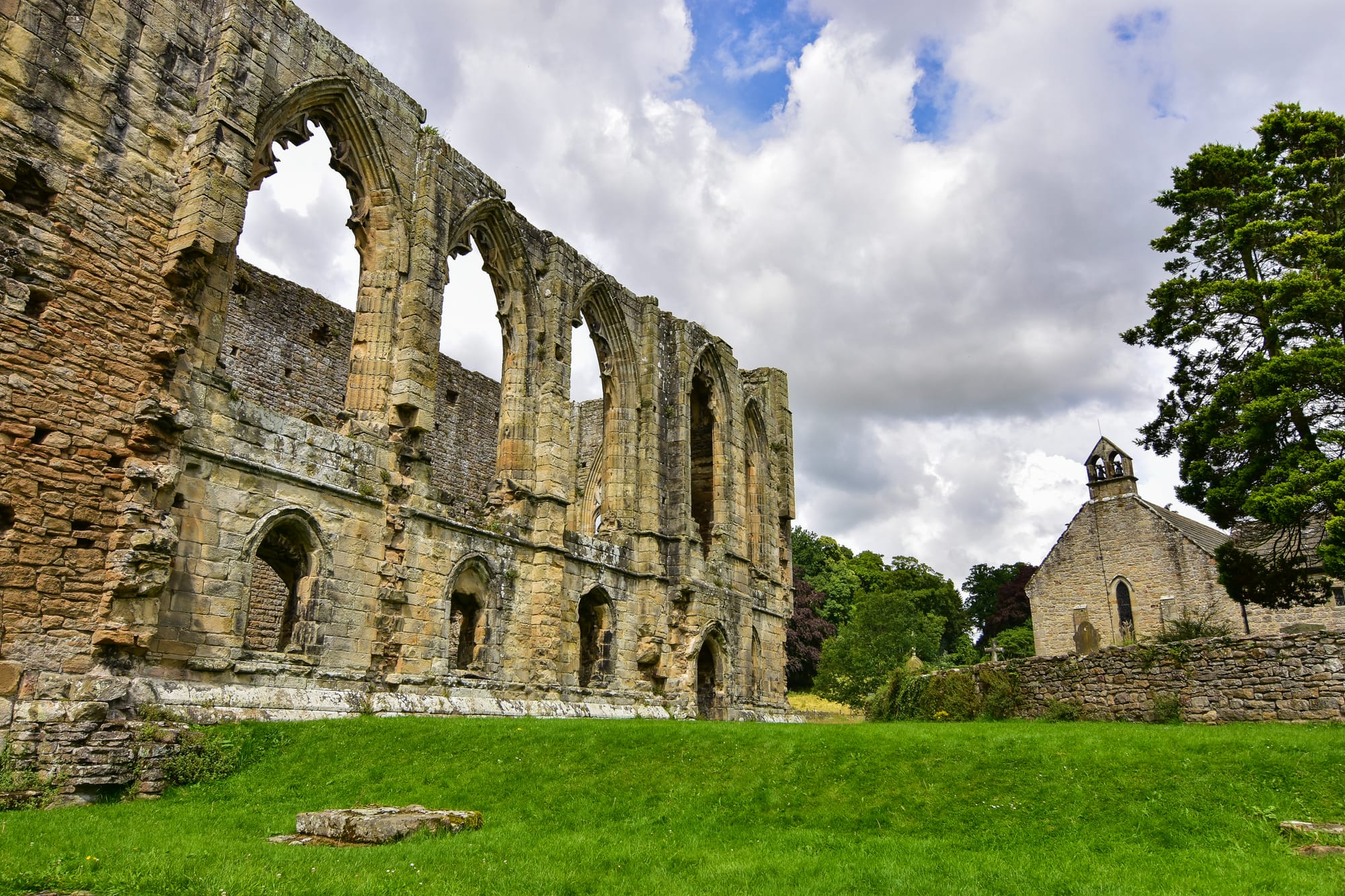
Yorkshire's abbeys reflect an era when monastic life was central to spiritual and economic existence in England. These majestic structures now stand in various states of ruin but were once at the heart of the region's religious and commercial activities.
Rise of Monasticism
Monasticism in Yorkshire blossomed with the arrival of several monastic orders from the 11th century onwards. Foundational to this movement were the Benedictines, known for their adherence to the Rule of St. Benedict, which outlined a life dedicated to prayer and work.
The Cistercians, originating in France, sought a return to strict observance of the Rule, emphasising manual labour and self-sufficiency. This led to the establishment of Fountains Abbey in 1132. Meanwhile, Augustinian and Premonstratensian orders also established abbeys such as the Abbey of St Agatha in Easby – another ruined Abbey in Yorkshire – bringing diverse monastic practices to the region.
Economic Impact
Monasteries had significant economic impact, functioning as centres of agriculture, education, and innovation. They were often the largest landowners in their areas, utilising the land to rear livestock, cultivate crops, and engage in early industrial activities.
The wealth of monastic communities often enabled them to become patrons of the arts and architecture, which is reflected in the grandeur of their buildings.
Dissolution of the Monasteries
The Dissolution of the Monasteries under Henry VIII marked the end of monastic life in Yorkshire and England at large. It was initiated in 1536, following the King's break with the Catholic Church and the establishment of the Church of England.
This led to the systematic closure, dismantling, and often the selling off of monastery lands and assets. The abbey ruins that dot Yorkshire today, such as those dissolved during the Reformation, serve as stark reminders of this seismic shift in England's religious landscape.
Architecture and Design
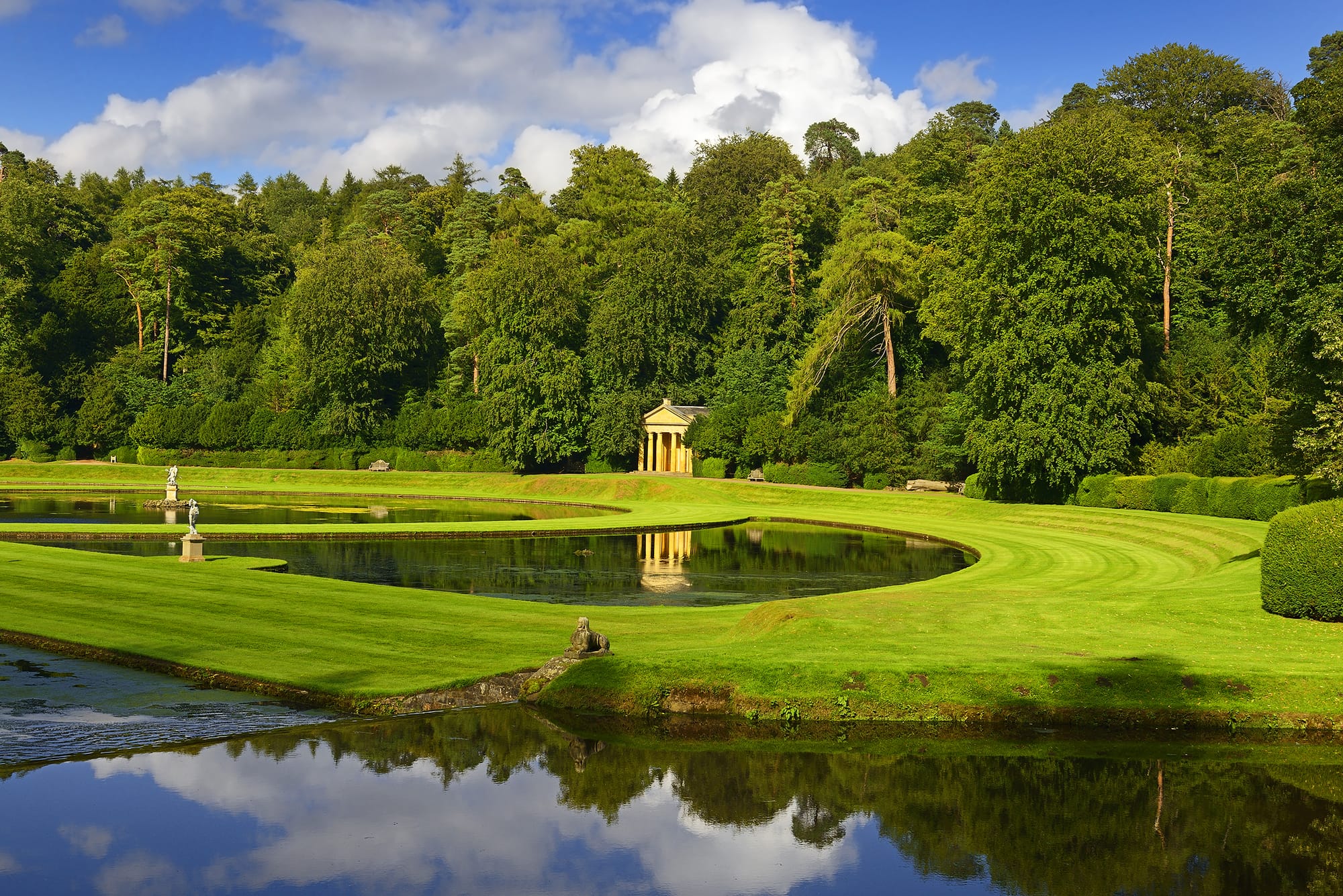
The architecture of Yorkshire's abbey ruins showcases a union of practical monastic designs with the elaborate flourishes of Gothic style.
Gardens and Grounds
Gardens and grounds were essential aspects of these sites, blending natural beauty with religious and practical functions.
The inclusion of elements like the Studley Royal Water Garden near Fountains Abbey represents an 18th-century Georgian water garden. It exemplifies a designed landscape meant for contemplation and aesthetic enjoyment, indicating an evolution in how abbey grounds were perceived and utilised over time.
Gothic Elements
Yorkshire's abbeys feature characteristic Gothic architecture, an evolution evident in their pointed arches and detailed stonework. For example, the west front of an unnamed ruin is proficiently aligned with the famous York Minster rose window, suggesting an intricate and inspired Gothic design that would have resonated with religious significance and aesthetic purpose.
Monastic Buildings
The Cistercian foundations like Fountains Abbey are some of the finest examples of monastic buildings in England. They comprise essential structures such as the dormitory, where the monks slept, which aligns with the fact that Cistercian monasteries were self-contained communities.
The gatehouse, often an abbey's most architecturally complex building, served both as a point of reception and as a part of the abbey's defences.
Cistercian Order in Yorkshire
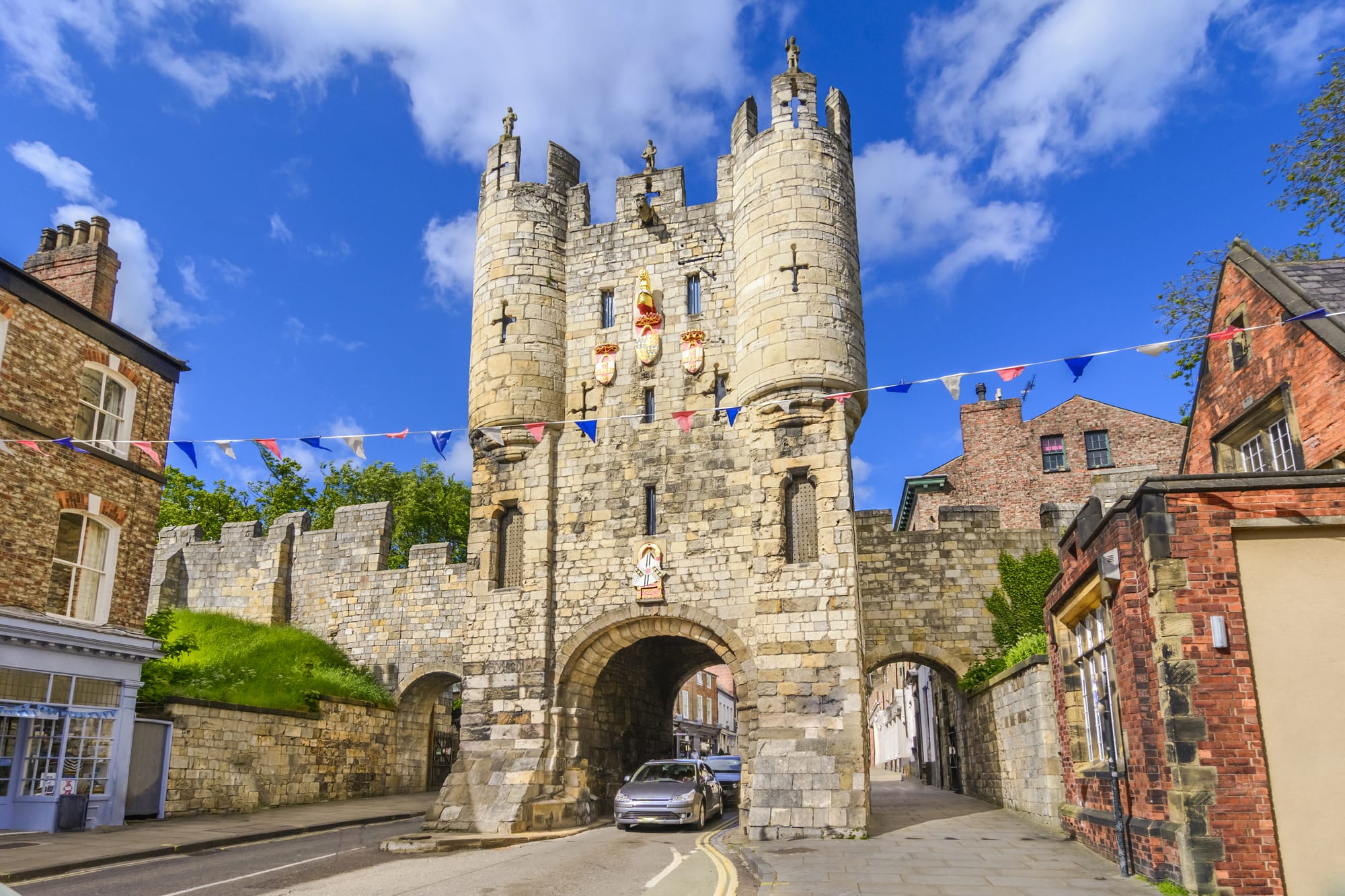
The Cistercian Order greatly influenced the religious and economic landscape of medieval Yorkshire through their establishment of significant monasteries. This section explores the daily routines, economic synergy, and spiritual endeavours within these communities.
Daily Life
Cistercian monasteries nurtured a life of devotion, with an emphasis on self-sufficiency. The monks adhered to The Rule of Saint Benedict, beginning their day with prayers before sunrise and participating in a series of religious services throughout the day.
Interspersed with these were periods of manual labour and study. Monks lived communally, taking their meals in silence and retiring to dormitories for rest.
Lay brothers, conversant with agricultural work, supported the monastery's sustenance and relieved the choir monks of the burden of farming.
Economic Practices
Economic sustainability was a cornerstone of Cistercian abbeys in Yorkshire. They exemplified a balance between spirituality and practicality by engaging in various activities:
- Agriculture: The cultivation of crops and rearing of livestock were fundamental for self-sustenance.
- Wool Production: Many Cistercian monasteries became prominent in the wool trade, generating significant revenue.
- Industrial Ventures: Some engaged in iron smelting and other ventures, always ensuring that these did not impinge upon their spiritual obligations.
Monasteries like Rievaulx Abbey near Helmsley became economic powerhouses due to their adept management of land and resources.
Spiritual Pursuits
The primary aim of every Cistercian monastery was to foster a conducive environment for spiritual growth. This entailed:
- Rigorous Adherence to Prayer: The Liturgy of the Hours structured the day around prayer and contemplation.
- Cultivation of Humility: Constant work, predominantly in silence, was a means to maintain humility and brotherhood.
- Scripture Study: Monks dedicated time to reading and transcribing religious texts, furthering their spiritual knowledge.
These practices helped cement the Cistercians' reputation as a pious and industrious order, deeply rooted in faith and committed to communal living.
Preservation and Tourism
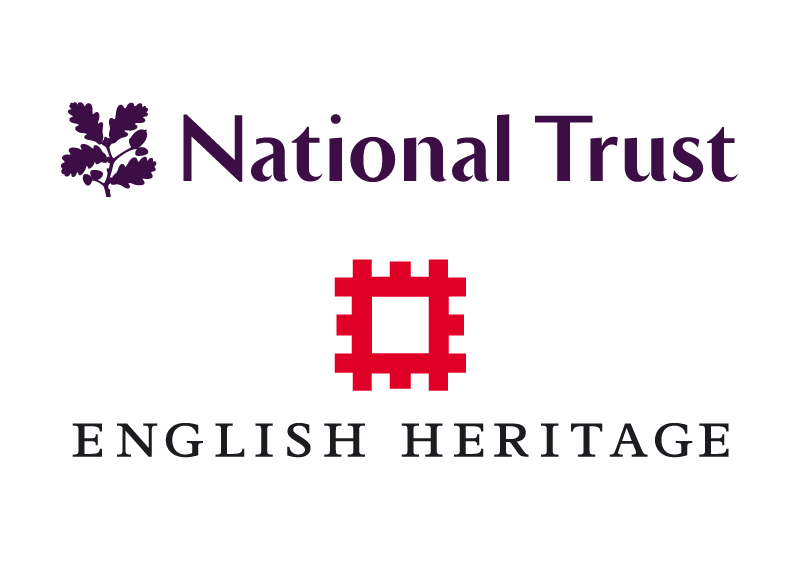
Yorkshire's illustrious history is etched into the very fabric of its abbey ruins, attracting tourists and history enthusiasts alike. Preservation efforts by organisations like English Heritage and the National Trust ensure that these relics of the past remain integral parts of the UK's cultural landscape while also contributing to the vitality of the countryside tourism sector.
English Heritage
English Heritage oversees Fountains Abbey, one of Yorkshire's largest and most well-preserved monastic ruins. This pivotal historical site marries medieval grandeur with the 18th-century designed landscapes, offering visitors a window into the past.
With membership, individuals gain access to explore this enchanting location while supporting conservation efforts. It’s not merely a museum experience; the abbey's grounds facilitate immersive educational tours that bolster tourism and increase public engagement with Yorkshire's heritage.
- Location: Ripon, North Yorkshire
- Access for Members: Free entry to over 400 historic places
- Conservation Initiatives: Restoration projects and public educational programs
National Trust
The National Trust plays a critical role in preserving picturesque landscapes and historical sites across the UK, including some of Yorkshire's cherished ruins. Properties under their care, such as the surroundings of Fountains Abbey, are maintained meticulously.
The National Trust's efforts ensure that these locations remain unspoilt and accessible, providing visitors a chance to experience both history and the natural beauty of the countryside.
- Key Focus: Conservation of historic sites and natural landscapes
- Membership Benefits: Free entry and parking at over 500 special places
- Tourism Impact: Generating awareness and fostering responsible countryside tourism
Nature and Wildlife of Abbey Sites
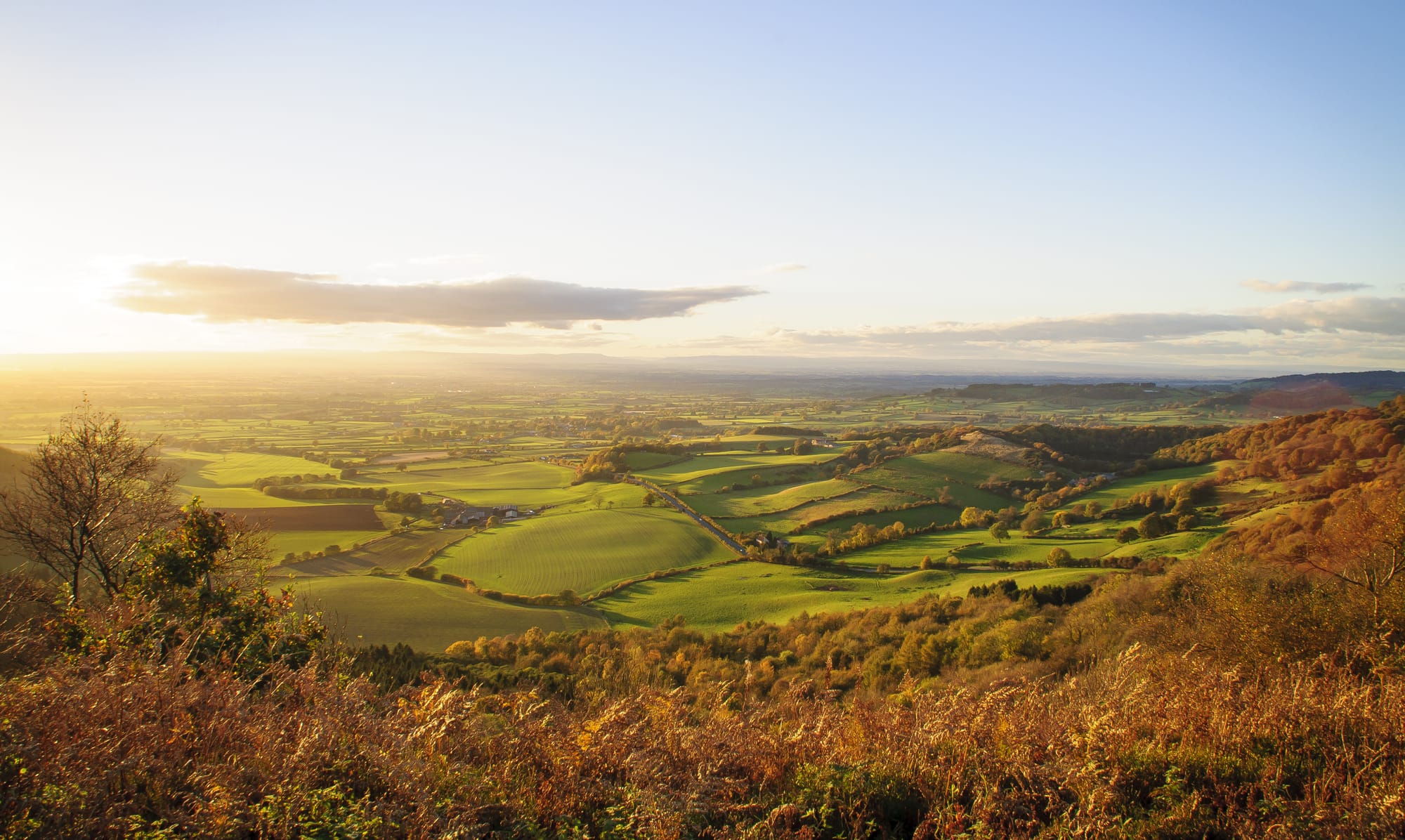
The ruined abbeys in Yorkshire are nestled amidst some of the most striking natural landscapes in the UK. Here, the interplay of historical architecture and local ecosystems creates serene habitats for various wildlife species.
In the Yorkshire Dales and North York Moors, the countryside is a mosaic of tranquil woodlands, heathlands, and moorlands. Flora and fauna prosper amongst the weathered stones.
Native birds, including the common swift and house martin, often make their nests in the seclusion of the abbey remnants. Meanwhile, the nearby rivers serve as a haven for otters and fish.
The abbeys near the River Aire, such as Kirkstall Abbey in Leeds, provide scenic spots where the waterway's gentle flow supports local wildlife. Here, one might observe kingfishers diving for their catch or spot a roe deer grazing nearby.
Further to the north, the River Swale carves its path near Easby Abbey, framed by an array of wildflowers and grasses that attract pollinators like bees and butterflies throughout the spring and summer.
By the banks of the River Wharfe, the majestic Bolton Abbey sits in its estate, an area rich with birds of prey that soar above and woodland mammals that reside within the vessel of the valley.
Lastly, the ruins of Fountains Abbey are graced by the River Skell, which meanders through the site, forming a series of picturesque ponds that reflect the abbey's grandeur.
It's a biodiversity hotspot, where the water's edge is often lined with herons, and the chorus of songbirds provides an auditory glimpse into the past.
Religious Practices in Ruined Abbeys
The ruined abbeys in Yorkshire were home to various religious orders such as the Cistercians, Benedictines, Augustinians, and the Premonstratensians.
Cistercian abbeys, such as Rievaulx and Fountains Abbey, adhered to a strict interpretation of the Benedictine Rule. They prioritised a life of poverty, manual labour, and daily prayer.
Their days began with Vigils before dawn and ended with Compline at nightfall. They observed multiple sessions of prayer, known as the Divine Office, interspersed with periods of labour and scriptural study.
Benedictine monasteries also followed the Rule of St Benedict, but they were sometimes less austere than their Cistercian counterparts. Each abbey could interpret the rule differently, leading to variations in their religious practices.
The monks devoted themselves to communal prayer, work, and hospitality.
The Augustinian Order and Premonstratensians had their own distinct rules and norms for monastic life. The former emphasised pastoral care and scholarly work, while the latter, similar to the Cistercians, placed a strong emphasis on austerity and preaching.
After the formation of the Church of England during the reign of Henry VIII, many abbeys were dissolved, causing a decline in monastic practices. The ones that stand in ruins today were left so after the Dissolution of the Monasteries in the 1530s.
| Order | Practices Focus | Note on Dissolution |
|---|---|---|
| Cistercian | Austerity, prayer, labour | Abbeys like Rievaulx affected |
| Benedictine | Community, prayer, study | Diverse interpretation of Rule |
| Augustinian | Pastoral care, scholarship | Less austere compared to Cistercians |
| Premonstratensian | Austerity, preaching | Similar in strictness to Cistercians |
| Church of England | — | Resulted in the end of monastic practices |
The abbeys served as centres of religion and learning, and their remnants offer a glimpse into the spiritual life of medieval England.
Frequently Asked Questions
Yorkshire is famous for its array of medieval monastic ruins, offering insight into the region's rich ecclesiastical history and the profound changes occurring during the 16th century.
What factors led to the abundance of ruined abbeys throughout Yorkshire?
Several factors contributed to the numerous abbey ruins in Yorkshire. Primarily, the dissolution of the monasteries by Henry VIII's order in the 1530s led to a systematic dismantling of ecclesiastical properties.
Which is considered the most impressive ruined abbey in Yorkshire?
Fountains Abbey, near Ripon, is widely regarded as the most impressive ruin in Yorkshire for its extensive and well-preserved remains, nestled amid striking 18th-century designed landscapes.
How did the dissolution of the monasteries affect abbey ruins in Yorkshire?
The dissolution led to widespread abandon and destruction of monastic buildings. Many Yorkshire abbeys fell into disrepair or were dismantled for building materials, resulting in the picturesque ruins seen today.
What are the historical significances of Bolton Abbey in Yorkshire's heritage?
Bolton Abbey plays a vital role in Yorkshire's history, exemplifying Medieval monastic life and later, as part of the landed estate of the Duke of Devonshire, influencing the cultural and natural landscape.
Can you provide a comprehensive guide to the ruined abbeys located within North Yorkshire?
While a guide listing all ruined abbeys in North Yorkshire is extensive, top sites include Fountains Abbey, Whitby Abbey, Rievaulx Abbey, and Jervaulx Abbey, each offering unique historical narratives and architecture.
What caused the destruction of Whitby Abbey and its historical narrative?
Whitby Abbey faced several destructive events. Initially, it was from Danish Viking raids and later from Henry VIII's monastic dissolution. Its ruins, high on the East Cliff, continue to inspire visitors and storytellers alike.

